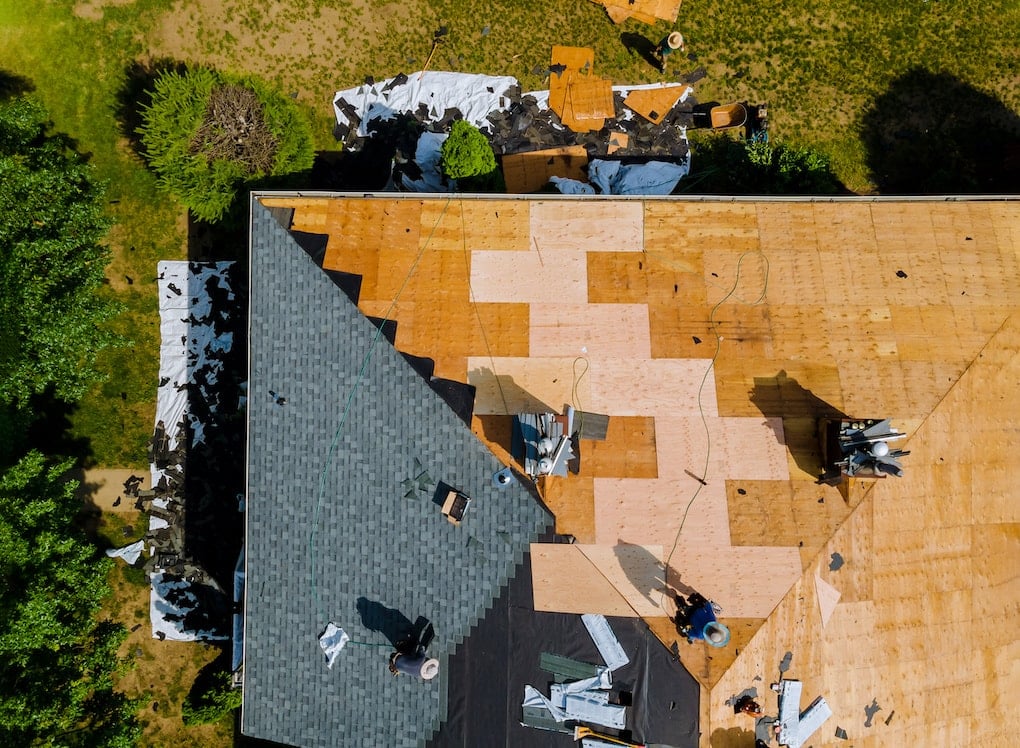“How often should I replace my roof?” Well, there is no one answer to this question.
A roof’s lifespan can vary greatly depending on the material it is made of, the geographical region where the home resides, and how well it has been maintained. That said, there are some general guidelines that you can follow when determining if your roof needs replacing or if it has years of life ahead.
How Long Should a Roof Last?
Roofs weren’t made to last forever, although some roofing materials seem to last far longer than others. Of course, those premium roofs cost a pretty penny upfront, but the longevity pays off over time by not having to replace your roof ever again (most likely).
Depending on the type of roofing material, where you live, and how well you maintain it, your roof could last anywhere from 15 to 100 years. Let’s go over how long different types of roofing materials are intended to last.
- Asphalt Shingles 15 to 30 Years
- Cedar Shakes 20 to 30 Years
- Green Roofs 20 to 40 Years
- Synthetic Slate 40 to 50 Years
- Stone-Coated Steel 40 to 70 Years
- Concrete Tiles 50+ years
- Metal Roofing 50 to 70 Years
- Clay Tiles 50 to 100 Years
- Slate Tiles 100+ Years

Common Signs Your Roof Needs to Be Replaced
People don’t often think about their roofs until there’s an issue. But this isn’t how you maintain your roof’s longevity. Waiting until something actually breaks or cracks or leaks can be detrimental to your home and can require a roof replacement much sooner than expected.
It’s important to maintain your roof throughout its lifespan with regular inspections, keeping it clean from debris, clearing out the gutters, and making minor repairs when necessary. Taking a look at your roof every few months can be key to maintaining its longevity and ensuring it lasts well beyond its intended lifespan.
Performing regular inspections can pinpoint issues early on, so it’s important to know what you’re looking for when you do so. Here are some of the most common signs your roof needs some attention.
Your Roof is Approaching its Intended Lifespan
Like we stated above, your roof has an expected lifespan based on its material which can give an idea of how long it might last from regular wear and tear and harsh weather. So if you’ve reached the halfway point in its life cycle it’s probably time to get a professional inspection so you can get an idea of its condition. Hiring a professional will ensure accuracy and help determine how much longer your roof has left before needing an upgrade or replacement.
You Notice Curling, Bending, Cracked, or Missing Shingles
At the first sign of damage, even minor, on your shingles, it’s a good idea to get them repaired right away. Even if one shingle is damaged on your roof, it can comprise the entire system by allowing water to seep in and under the shingles. These leaks can be detrimental to the entire roof and your home.
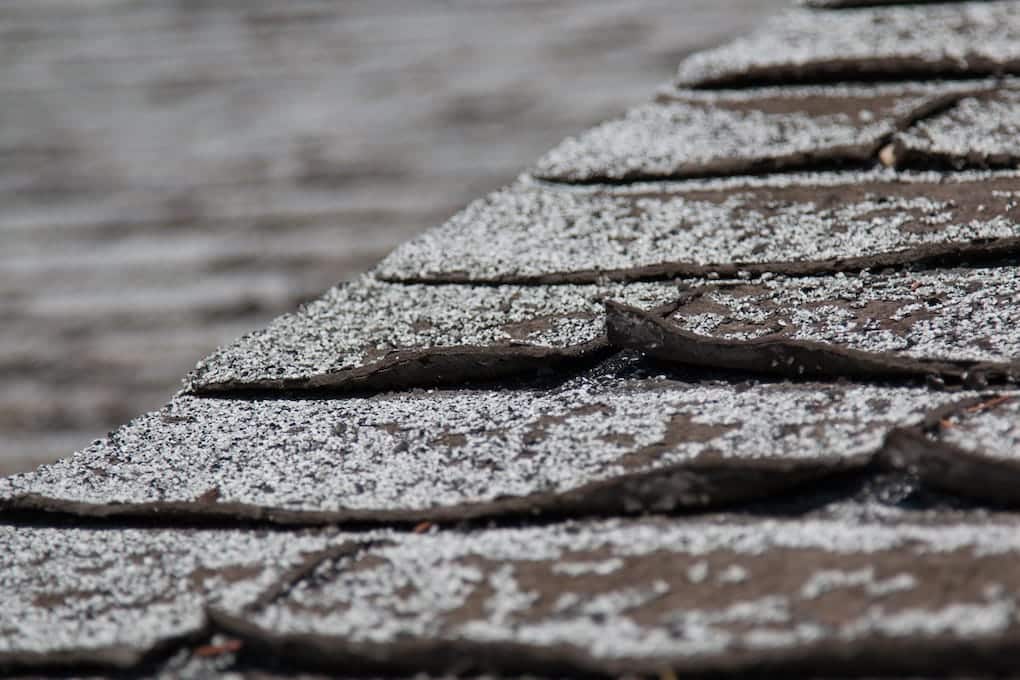
Your Flashing Around Valleys, Chimneys, Windows, Etc. Appears Damaged
Flashing is often one of the first things to go on the roof, which is critical because flashing is what keeps water from leaking into all the areas on your roof that meet a wall, pipe, ridge, or other roofing elements. If the flashing is cracked or damaged, it leaves your home highly susceptible to leaks. Get these repaired immediately and you should be in good standing.
You Find Water Stains on Your Ceilings or Attic Floor
Water stains on your ceilings or attic floor are a sure sign that there is an issue with your roof. One thing to note is a water stain doesn’t always mean a leak, but it can indicate an issue with moisture in the attic, which can be related to a poorly insulated roof. If you’ve noticed this, it’s important to take action immediately and get the problem assessed by a professional so they can determine what needs to be repaired and if anything needs replacing.
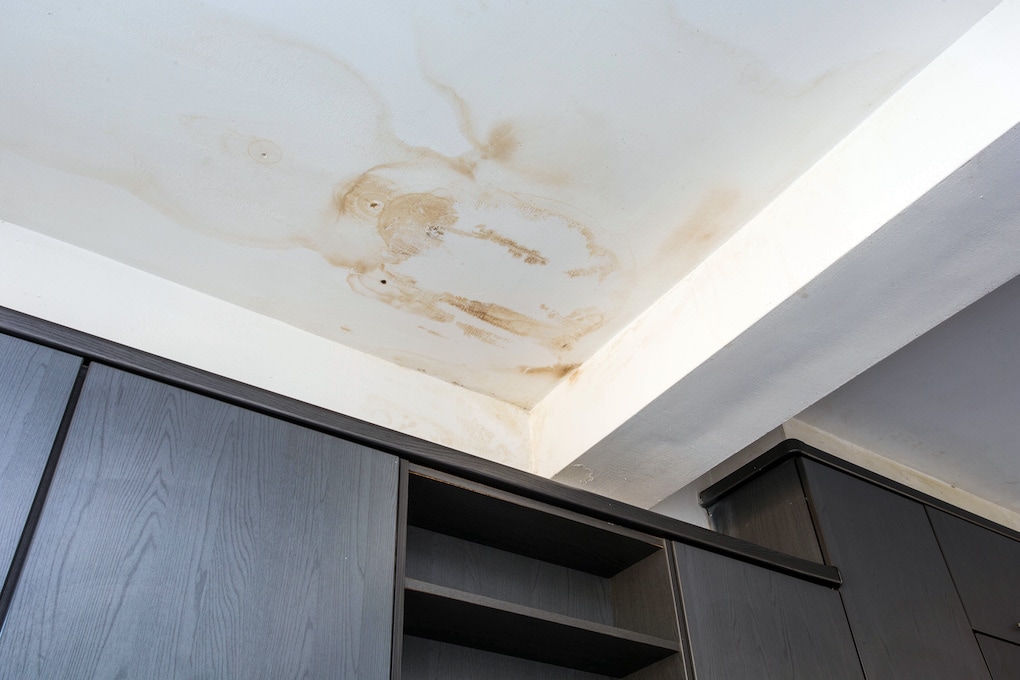
Moss, Mold, or Algae Grow on Your Shingles or
Moss growth on the roof is one of the most common signs that your roof requires attention. These are all clear indicators that moisture is accumulating in an area on your home which it shouldn’t be, usually because there’s a leak somewhere you’re unaware of. Cleaning the moss off every year is not a solution for this issue as it more likely relates to the entire roofing system, and requires immediate attention.
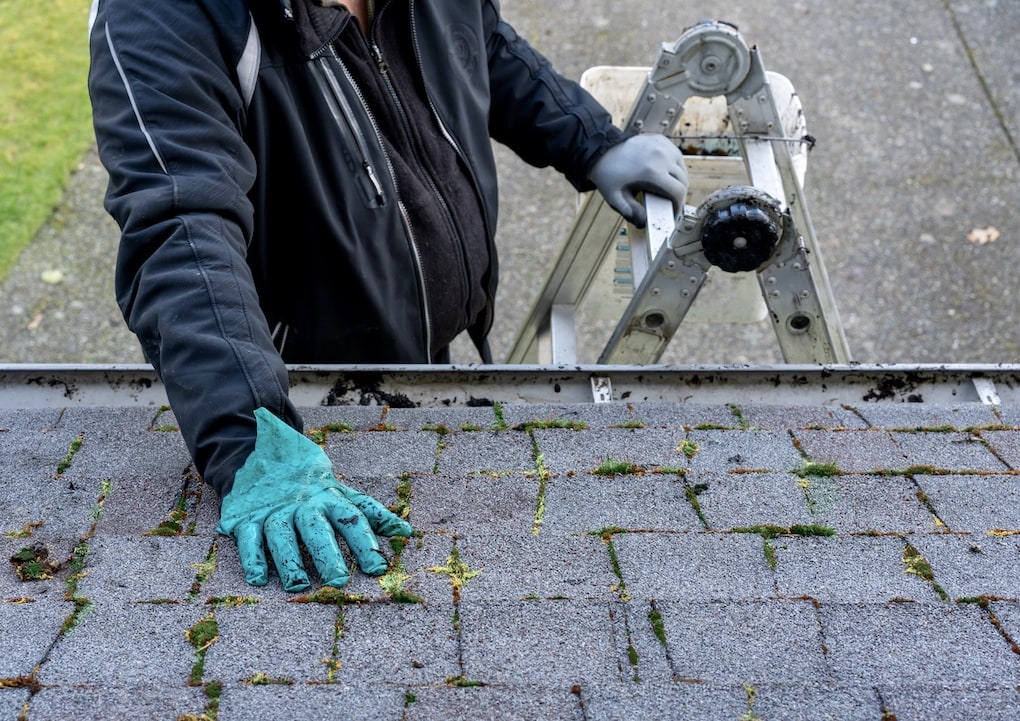
There are Signs of Sagging on the Roof
A sagging roof means there’s been standing water in an area for a long time, and that sag can lead to huge damage or even roof collapse. Contact a professional right away to inspect the roof for safety and determine the next steps.
You Get Recurrent Ice Dams Every Winter
Ice dams are caused when the ridge of the roof is warmer than the edges. So snow and ice melt from the top and flow down, where they freeze at the bottom causing huge ice dams. If you get ice dams every winter, it’s a good chance you need a new roof, or at least need to re-insulate your attic. Both of which a professional roofer can inspect and assist with.
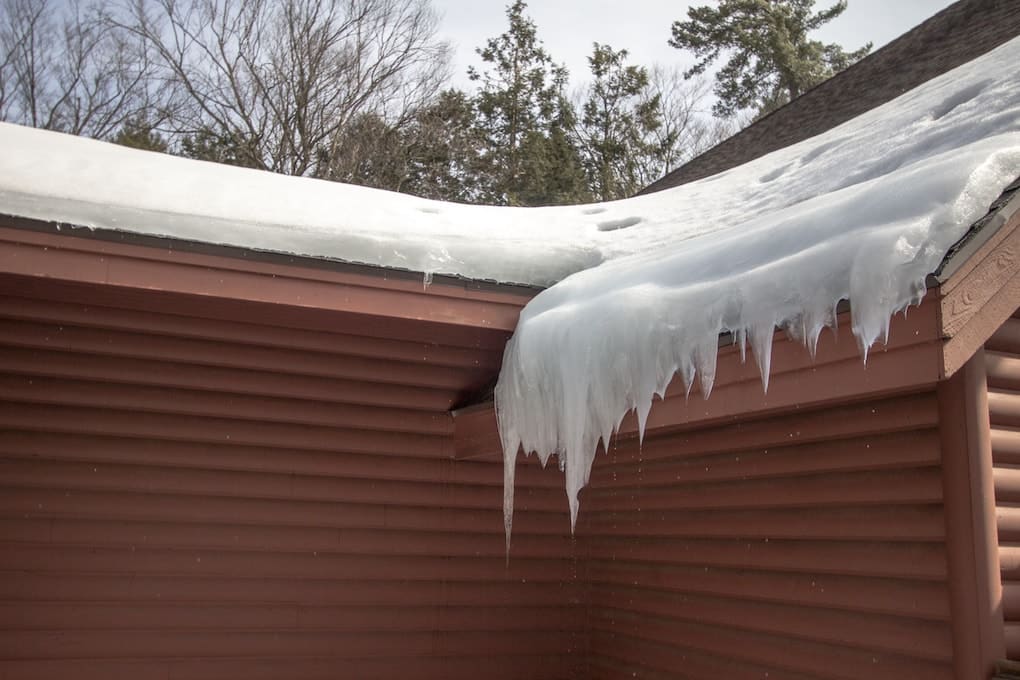
Making the Best Decision for Your Home
If you notice any of the above issues as you do the visual inspection of your roof, it’s time to call the pros. A professional roofer can do a thorough inspection of your roof from top to bottom and pinpoint any issues that require repair. If there are too many repairs, they will recommend a full roof replacement.
When the time comes to replace your roof, it is crucial you find a quality roofing contractor to trust with installation. Hiring a reputable roofer will ensure proper installation, lock in any manufacturer warranties, and set your roof up for maximum longevity. Not to mention, many quality roofing companies offer workmanship guarantees which further ensures you are happy with your new roof.
If you suspect your roof might be on the later end of its life, you rely on the experts at Apple Roofing to give you quality inspection, our absolute best recommendations, and leave you with a solid roof that will last you for years to come. We make the entire process as easy for you as possible—that’s the Apple way. Contact us today to get started!

